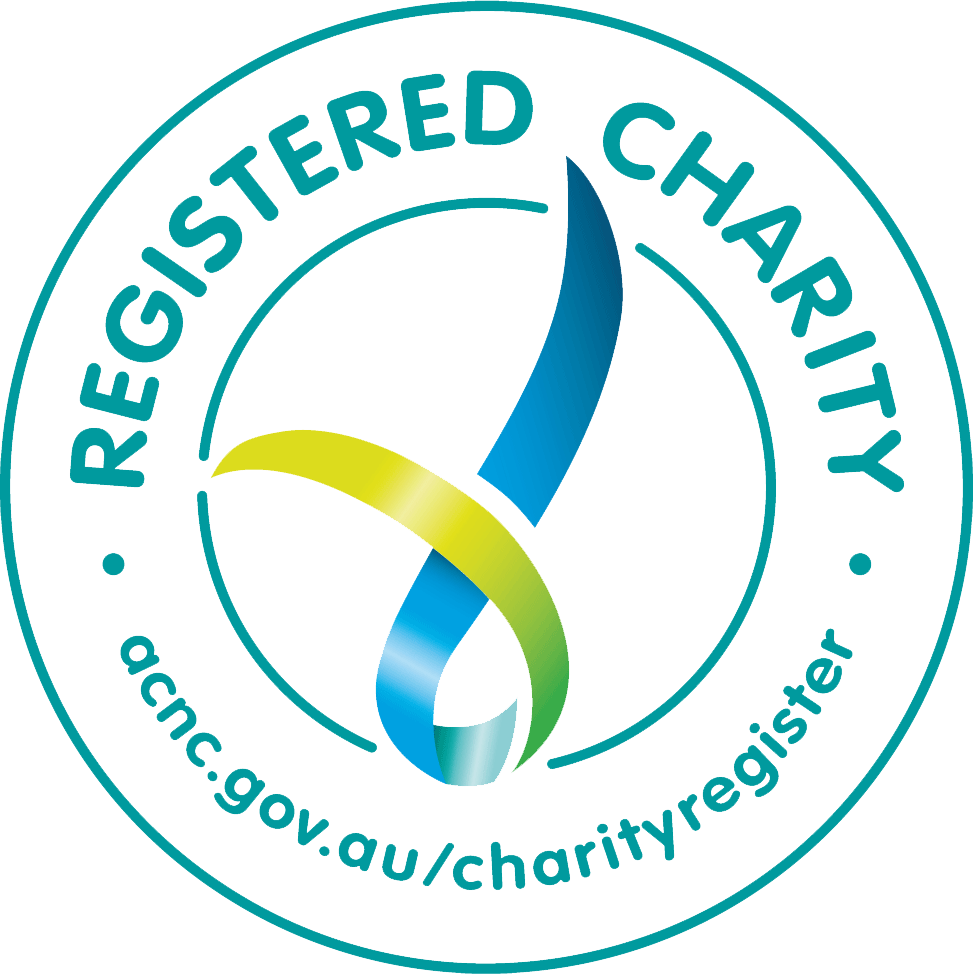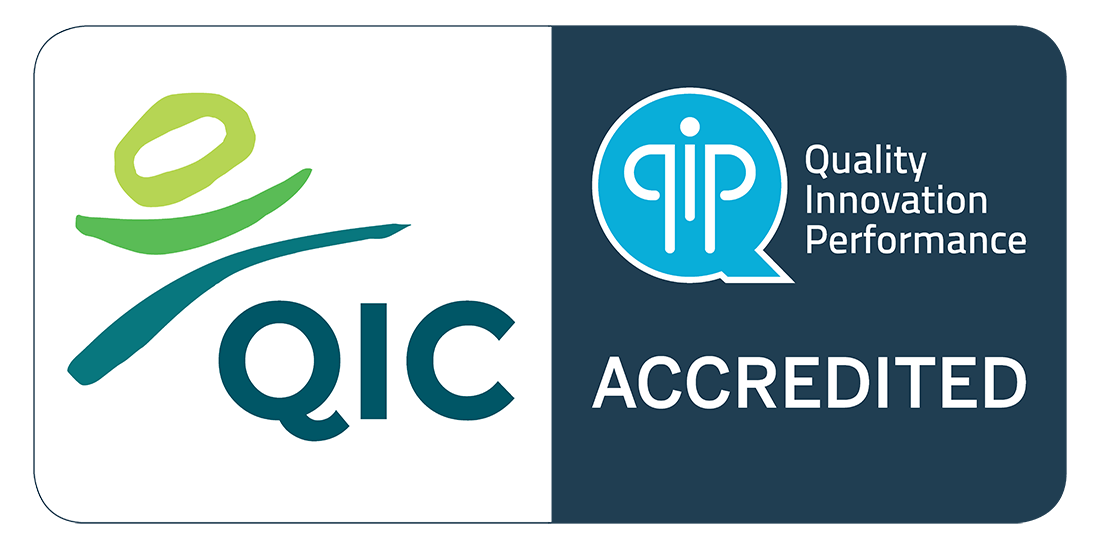Long-term foster care provides children and young people with a stable and nurturing home for six months or longer, often continuing until they reach adulthood, return to their families, or transition into permanent care. It offers consistency, belonging, and a sense of security, which are especially important for those who have experienced trauma or instability.
Long Term Foster Care
Long-term foster care gives young people the stability, love, and guidance they need to thrive
What is Long Term Foster Care?
6 MONTHS ONWARDS:
The aim of Long Term Foster Care is to give young people the opportunity to heal, grow, and build lasting relationships in a safe environment. At Lighthouse Foundation in Melbourne, long-term carers play a vital role in helping children create positive memories, develop life skills, and feel supported as they look towards a brighter future.
Your Journey to Becoming a Long-Term Foster Carer
Step 1.
Enquiry
Starting Your Fostering Journey
When you first reach out to Lighthouse Foundation about becoming a long-term foster carer, you will begin by completing an enquiry form on our website or through Fostering Connections. One of our team members will call you to chat about your interest in fostering — including what type of care you’re drawn to, what’s involved, and any questions you may have.
This conversation helps us understand your circumstances and determine initial eligibility. Afterwards, we’ll send you an email with helpful resources and next steps.
Step 2.
Application
The Formal Process
If you’re ready to take the next step, we’ll send you an application pack that includes a form, a Lighthouse brochure, and details about background checks (such as a WWCC and Police Check). You’ll also be asked to provide three referees who know you well. If you need help with the paperwork, our team will happily support you.
Step 3.
Initial Visit
Getting to Know You
After receiving your application, we’ll arrange an initial home visit. This is a relaxed, friendly meeting where we get to know you and your household — and you get to learn more about Lighthouse and our therapeutic care model.
Together, we’ll look at your home environment, discuss safety standards, and explore how to create a warm, healing space for children and young people who may live with you for the long term.
Step 4.
Training
Preparing for Your Role as a Short Term Carer
All foster care applicants in Victoria take part in Shared Lives training, developed by the Association of Children’s Welfare Agencies (ACWA) and the Centre for Community Welfare Training (CCWT).
This interactive training helps you understand:
- Why children and young people enter foster care
- How trauma and stress can affect behaviour and development
- How to respond with empathy and therapeutic care
- The importance of cultural respect and connection
- The impact of caring on you, your family, and your wellbeing
Even if you’re still deciding whether long-term fostering is right for you, training offers a real insight into what it means to provide ongoing care — and it’s a great way to connect with other like-minded people.
Step 5.
Assessment
Evaluating Your Suitability
Next comes the Step by Step (SxS) assessment — a thoughtful, conversation-based process that explores your experiences, values and motivation to foster.
You’ll have 4-5 sessions with a Lighthouse assessor, where we’ll talk about topics such as resilience, relationships, child-centred care, and supporting connection to family and culture. These conversations are always handled with empathy, privacy, and respect.
An Aboriginal Advisor will also review your assessment to ensure cultural safety and suitability for caring for Aboriginal children and young people.
Step 6.
Accreditation
Becoming an Approved Carer
Finally, your assessor will prepare a report to share with an accreditation panel, which includes Lighthouse staff, an experienced foster carer, and representatives from the Department of Families, Fairness and Housing. You’ll be invited to meet the panel, share your story, and ask any questions. Many carers find this to be an affirming and inspiring experience.
After the panel review, you’ll be informed of the outcome, and if approved, you’ll officially become an accredited long-term foster carer — ready to provide a stable, nurturing home and make a lasting difference in a young person’s life.
FAQs about Long Term Foster Care
Here are some of the most common questions people ask when considering long-term foster care with Lighthouse Foundation. We hope this information helps you in your decision-making process.
How does Lighthouse Foundation's Model of Care specifically support the unique needs of children in long-term placements who have experienced trauma?
Lighthouse’s Model of Care combines an understanding of contemporary psychoanalytic concepts with attachment theory and trauma-informed practice to create a holistic picture of a child’s emotional, relational, physical, social, and cultural needs. Lighthouse believes that a child’s behaviour is a form of communication, with it being the role of those around a child to feel their way towards an understanding of that communication, so that it can be offered back to the child and integrated into a secure sense of self. With a focus on the importance of relationships and participation in a larger community, Lighthouse is able to offer wraparound support for foster carers and the children placed in their care, whether temporarily, for a short time, or for longer-term placements. These supports include clinical oversight regarding day-to-day decisions in the home, individual clinical supervision for our foster carers, participation in group reflective space, and involvement in the larger Lighthouse community through regular social events.
What ongoing support and respite options are available for long-term foster carers to prevent burnout and ensure placement stability?
Foster Carers can receive respite support, whereby a child or young person is looked after by a safe and consistent foster carer in the Lighthouse Community. These short breaks support foster carers and also build the network of supportive adults in a child’s life. Lighthouse is also able to organise respite care at our Hub Home when other options are not available. This means that reliable and predictable supports can be put in place. Additionally, Lighthouse can arrange for therapeutic care staff to come into the home and look for a child for shorter periods, as well as assist in school engagement, medical appointments, or other social activities in the community.
In what ways does the Hub Home model benefit children and carers in long-term foster care?
The Hub Home serves as a ‘home away from home’ for foster children, providing an informal and welcoming space for them to engage with members of their care team, as well as the broader Lighthouse community. Over time, we’ve seen the Hub Home become familiar to children, and not only do they enjoy attending it, but they will also actively ask to visit. For our foster carers, it is a conveniently located site for them to connect with other carers, their case manager, to attend trainings and other functions, such as the annual foster carer appreciation dinner.
What is the process for transitioning a young person in long-term care towards independence or permanent care arrangements?
For all children in care, planning regarding independence commences at 15 years old, with goals formulated across all the Looking After Children (LAC) domains: health, relationships, cultural, education, and social presentation. The care team around a young person supports them over the next three years to develop and achieve these goals, placing them in the best position to succeed in independent living.
How does Lighthouse Foundation support long-term carers in accessing specialised services, such as therapy or educational support, for the child?
Lighthouse can provide some access to therapy and education support internally, through our clinicians and therapeutic care staff; however, a foster carer’s case manager is also a key advocate in sourcing appropriate support for any child placed in care. Over time, Lighthouse has developed strong working relationships with various agencies and associated welfare bodies related to meeting the additional needs of vulnerable children, and can utilise these contacts to meet the needs of a child.
What opportunities are there for long-term foster carers to connect with other carers and build a supportive community?
All accredited Lighthouse foster carers are able to access the Reflective Practice Group, which occurs monthly online, facilitated by experienced Lighthouse staff. This is a dynamic space for carers to share their experiences and feel heard, as well as to witness the experiences of others, both with similarities and differences from their own. Foster carers are also encouraged to participate in community events that run regularly throughout the year. These are informal gatherings that give carers a chance to chat together. As accredited foster carers, they are also eligible for membership with the Foster Care Association of Victoria (FCAV), which provides resources for additional training, carer advocacy and counselling, as well as peer support with foster carers across different programs within the state.
How does Lighthouse Foundation address the potential for changes in a carer's life circumstances to affect a long-term placement?
At Lighthouse, we encourage all carers to participate in reflective work regarding their role as a carer, whether through individual supervision or in group spaces. This reflective practice creates a solid foundation for carers to weather the many changes and complications that arise when looking after a child in care, especially over the long term. We advocate for carers to prioritise their wellbeing and self-care throughout this journey, as they can only care at their best when they feel supported themselves. Open communication and transparency are key to the relationship between a foster carer and their case manager, so that they can think together regarding any changes in a carer’s personal, physical, and financial circumstances that may arise. Throughout all of this, we endeavor to keep the child’s experiences front of our minds and make decisions that ensure the best outcome for them.

Foster care
Enquire about becoming a long-term foster carer today
Lighthouse is in urgent need of foster carers who are willing to help better the lives of vulnerable children in the northern and southern Melbourne regions.
We are looking for people from all walks of life, who are willing to open their hearts and their homes to children who urgently need care.
We recognise that the fostering journey is not always easy, but at Lighthouse we ensure that we are with you every step of the way. We care for you, so you can care for them.
Enquire here
Our Foster Carers’ Stories

“They helped me with group and one to one sessions with a clinician. I really felt supported.”
James had previous experience in other states before coming to Lighthouse, his work meant that he needed to move to Victoria so when he made the move, he contacted us about becoming a Carer.
After his training and accreditation, he met Terry and 8-year-old boy and started a short term placement. Because of Terry’s experiences before coming into care, he often responded in ways to express his trauma. This could at times be challenging and difficult for James. Terry would often be bouncing around, unable to stay still. When he found things tough, he tried to break things, throw them and call James names.
To support James, Lighthouse Therapeutic Carers went into the home 3 nights per week. They role-modelled ways that James could respond to Terry using play, curiosity, acceptance and empathy. Sometimes our Therapeutic Carers looked after Terry so James could have a break.
Terry would also stay with us in our Hub Home every second weekend and engaged in the Lighthouse community through activities and events where he was able to meet and spend some time with other young people in care. Terry started to feel he had a place he belonged.
James said that ‘I found some days really tough but was able to contact one of the team at Lighthouse to talk through how I was feeling, and they helped me by taking part in group reflective spaces and one to one sessions with a clinician. I really felt supported.’
James was committed to showing Terry that despite the hard times, he was there for him and was not going to leave. This commitment and patience showed Terry that he could trust James and he started to feel safety in their relationship, and slowly started to realise he did not need to push and test whether James would always be there for him.

“The training I received was helpful in understanding how to respond to children in a trauma informed way, learning patience is key.”
Clare has been caring for children in foster care for the past 10 years. As a single woman, she sought out Lighthouse after researching local agencies and enquired with us highlighting an interest in our Model of Care and support available for Foster Carers. Clare was new to the foster care system in Victoria, so she was asked to complete a new assessment.
Clare said that she was really impressed with Lighthouse’s professionalism, throughout the whole process since putting in her application. ‘I really felt Lighthouse was clear and approachable’ Our care team provided timeframes and answered all her questions and Clare told our team ‘I was very impressed with Lighthouse’s therapeutic approaches to caring; I felt a sense of a real team approach in the program. The training I received clarified how to respond to children in a trauma informed way, learning patience is key, which really helped reflect on previous experiences and how I can continue to grow and learn.’

“For me, fostering was never a question of if, but a question of when.”
It all began when I was given a foster care pamphlet 20 years ago and since then I’ve never looked back. I was a young mum of two, who were under the age of two, and I felt an overwhelming sense of gratitude – we had everything we could ever need. I wanted to give back on a personal level and provide a sense of giving that would be a guiding value to our family.
My biological children knew no different – they had foster siblings that would stay for varying lengths of time and they knew that how we helped each would need to be different. They learned compassion and patience and that love is simply love. Our family adopted a very special boy, Alex, at the age of two and he holds equal amounts of space in our hearts, as we hold for each other.
Reflecting back on some of the foster placements we took on at places other than Lighthouse, we weren’t provided with much detail prior and there was an absence of trauma-informed training and ongoing psychological support. That is what sets Lighthouse apart.
Had we been better prepared to deal with each child’s individual needs and experiences and had foster family matches been considered with the same rigor as Lighthouse, I think we could have been more effective in helping to heal and grow these children like we did with Alex. Had our program offered the lifelong extended family network that Lighthouse does, we’d know that each foster child we cared for would always have someone walking alongside them, during both the highs and lows of their life.
I do believe that foster children in Lighthouse’s programs are far more likely to rebuild and maintain relationships with their birth families, which is the ultimate goal of fostering.
Lighthouse recognises those who so deeply want to care for these vulnerable children and young people in the way they deserve, and they build training and support around them so they can fulfil that goal. No other fostering program leans in like Lighthouse does. I truly believe what they provide makes the most impactful difference for everyone involved – all members of foster families, birth families, the community and society more broadly.






